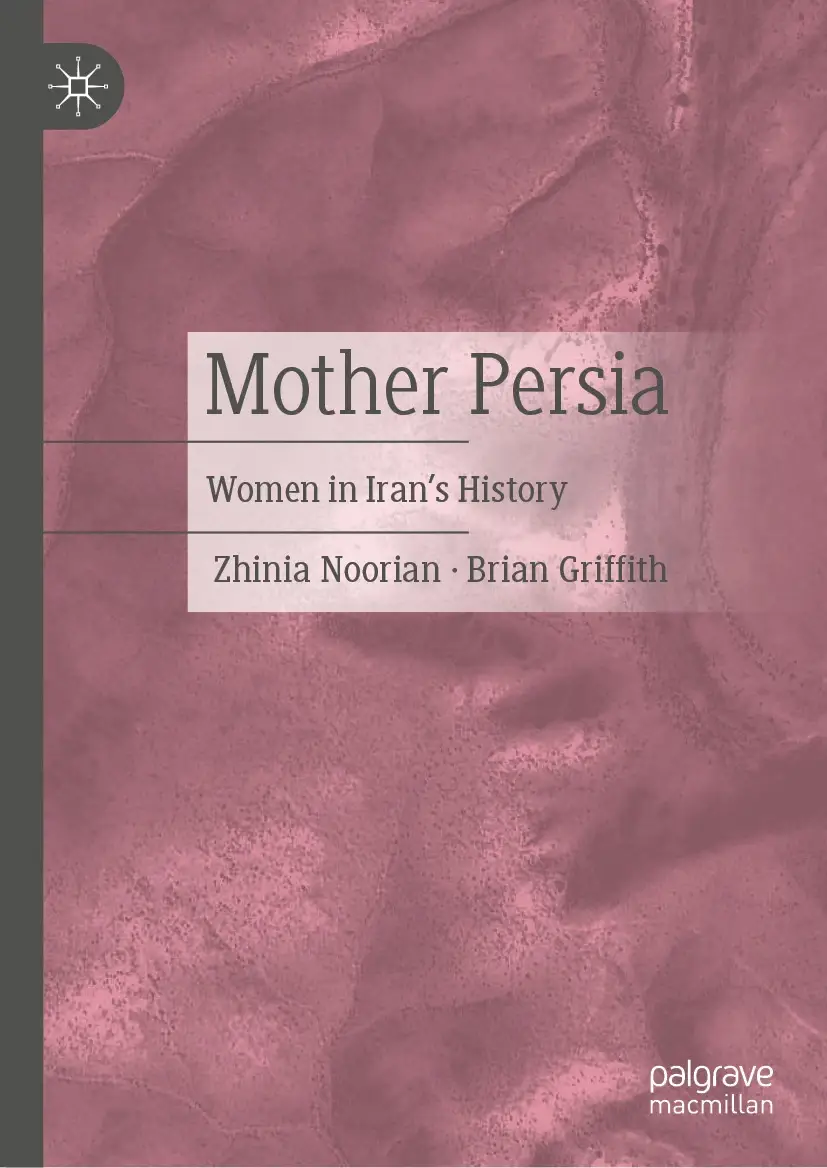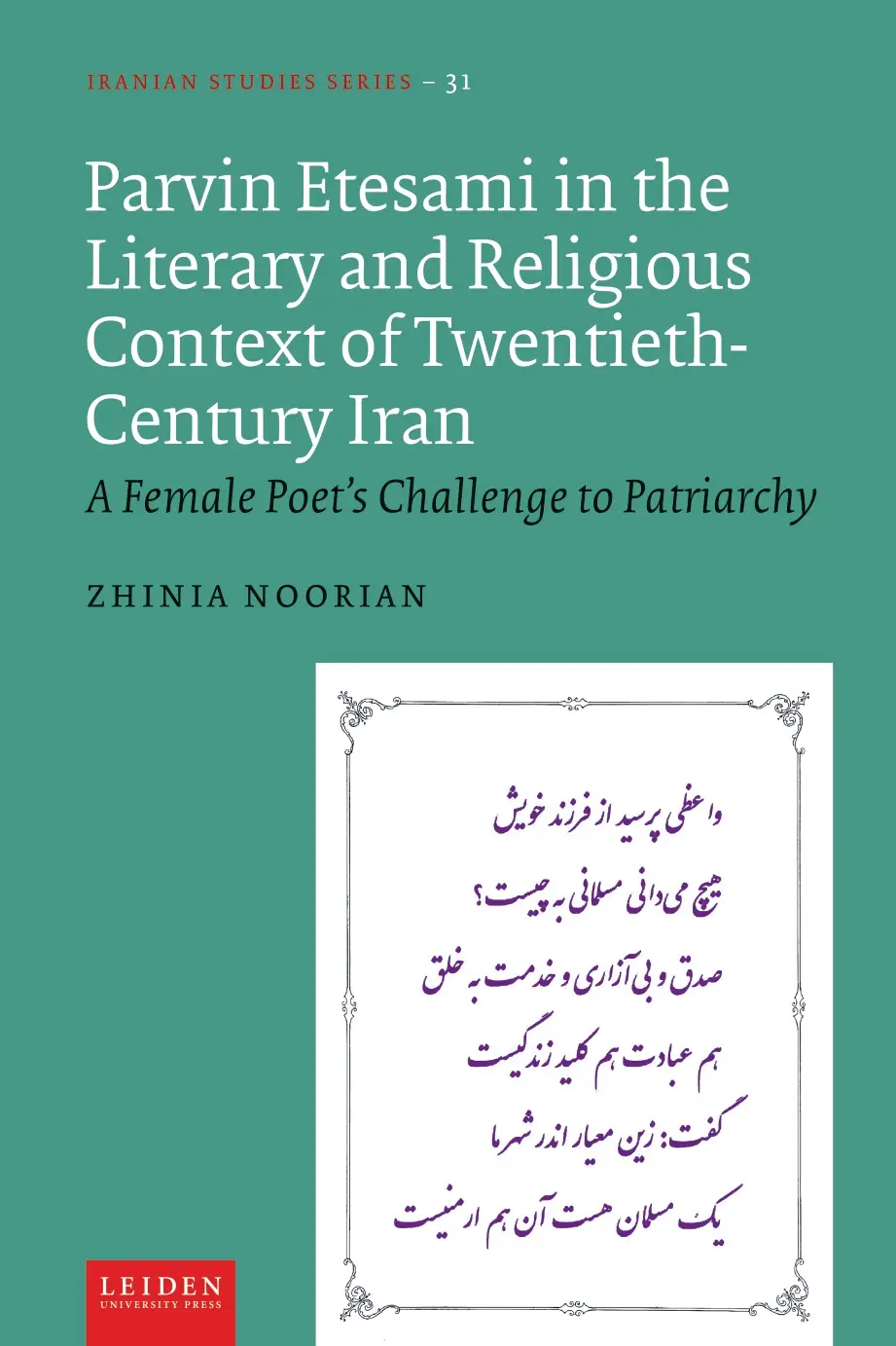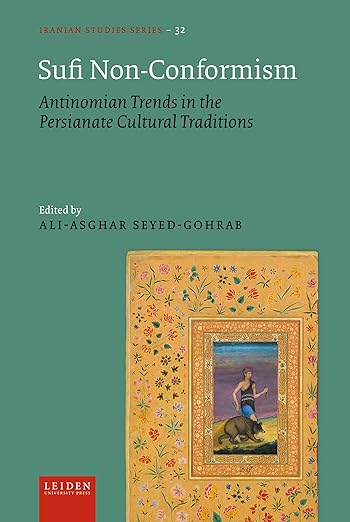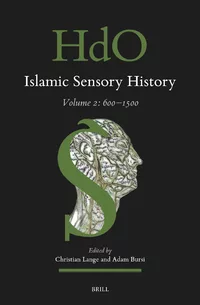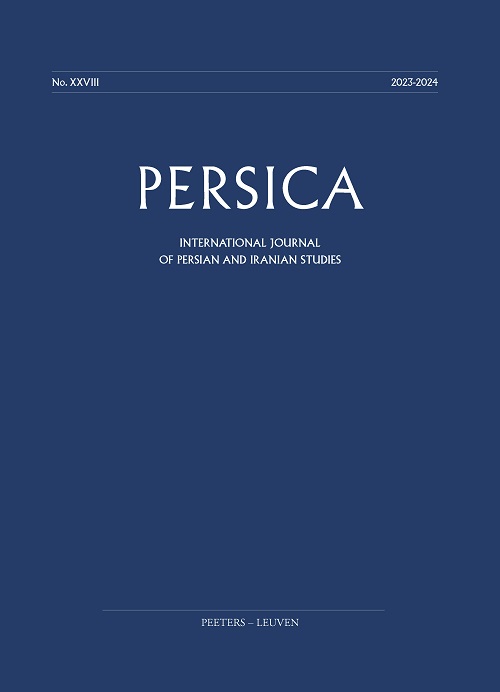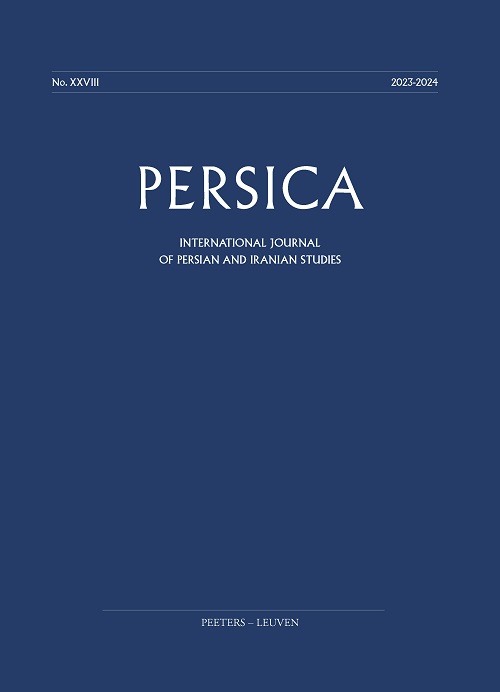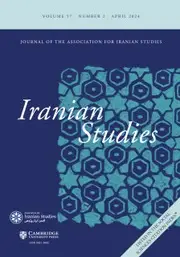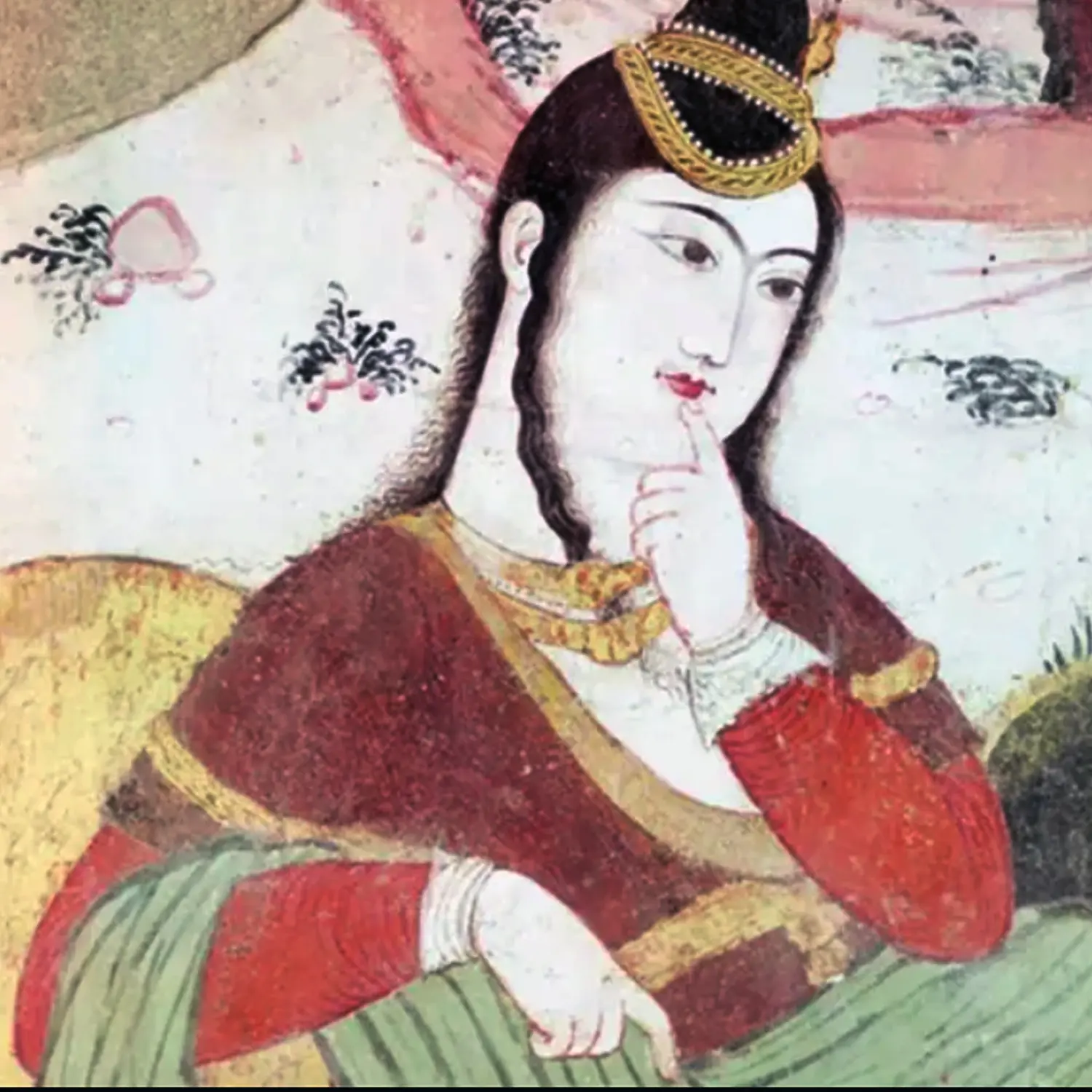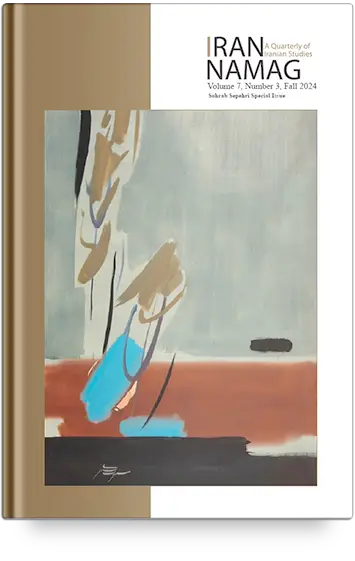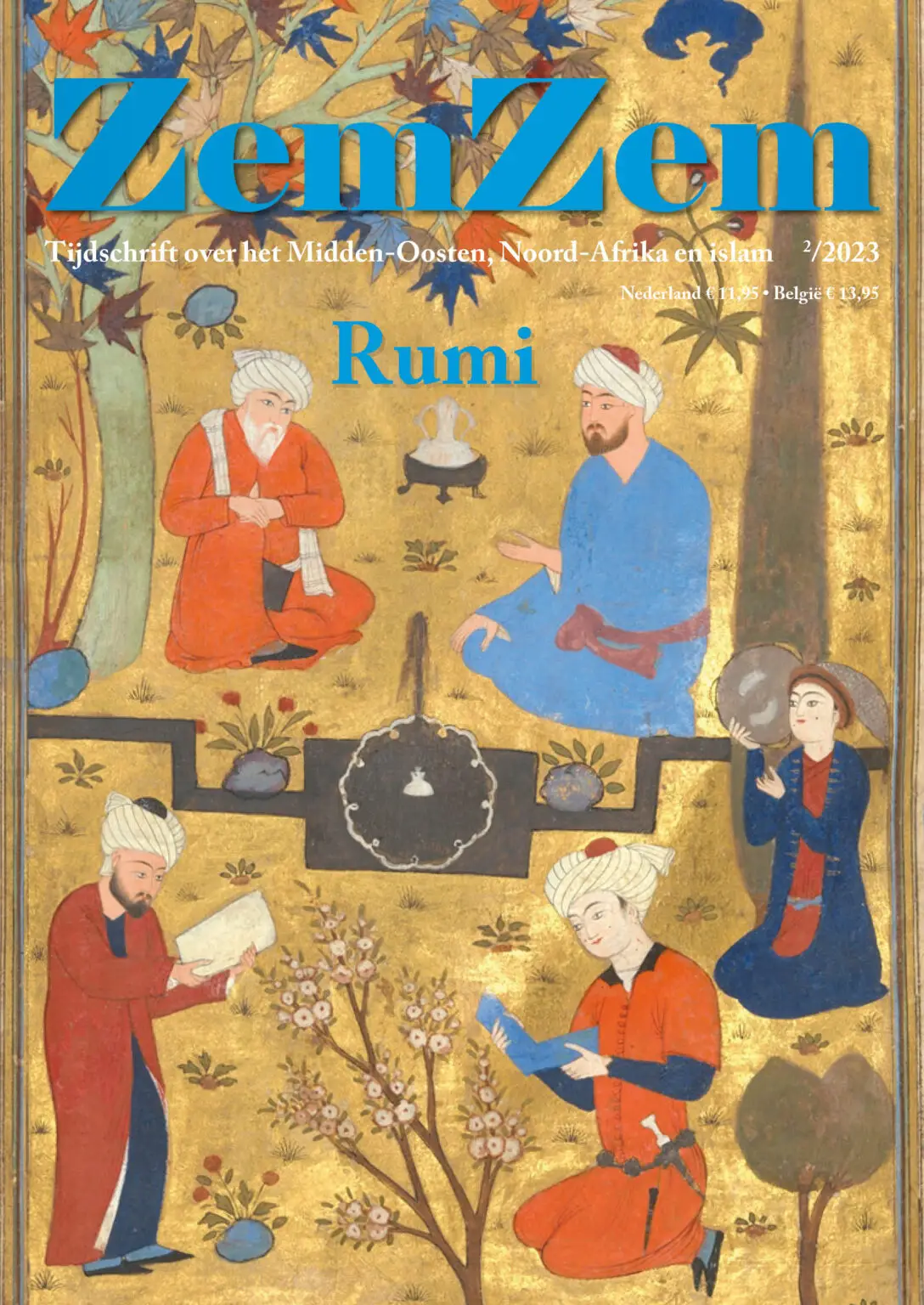Activities
Publications
Books
This book tells the story of Iranian women’s accomplishments and struggles over the course of history, spanning from ancient Elam to the present day. It explores the evolving conditions of women’s lives in each era, and how women’s choices and initiatives have shaped Persian civilization. In the process, it presents a cast of unique, often brilliant individuals, and refutes the traditional assumption that men were always the authors of Iranian culture, business, law, religion, art, education, literature, agriculture, science, architecture, philosophy, social mores, and the writing of history. It shows how Iranian women have always been creative, influential players in these fields, and how their contributions have enriched the world.
Parvīn Etesami (1907-1941) is among the few Persian female poets, who has gained nationwide popularity, while her authorship was disbelieved.
She is celebrated in a plethora of publications every year in Iran and beyond. Etesami is the only female poet who has remained part of the daily lives of people in her society for about a century. Her poetry appears in school curricula both before and after the Revolution of 1979. People use her poetry on social media, particularly in critical times. It is also used in public speeches by Ali Khamenei (r. 1989-present) the supreme leader of the Islamic Republic. This book engages with Etesami in the transformational context of the early twentieth century in Iran to investigate the controversies around her identity as a popular female poet. It demonstrates that the reason for Etesami paradoxical popularity was not merely her gender, but the transgression of patriarchal Iranian-Muslim gender norms.
Book chapters & articles
Parvin (or Rakhshanda) Eᶜtesami was an outstanding female poet of the classical style in Persian literature. She was also one of modern Iran’s most innovative and best loved authors. Yet her contributions to art and society have received surprisingly little critical analysis over the decades since her death in 1941. This study seeks to explore the particular artistic innovations she introduced through her work, and to show their importance for Iranian culture.
Book reviews
Media
Read the article here … (Dutch)
Read the article here … (Dutch)
